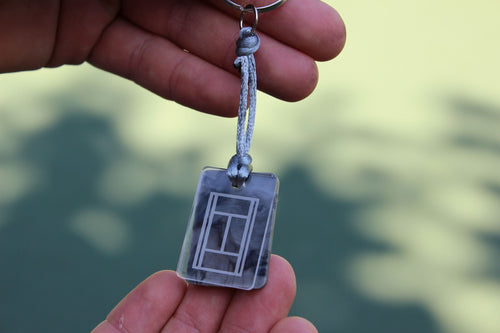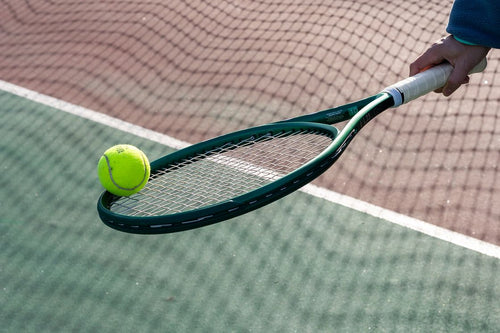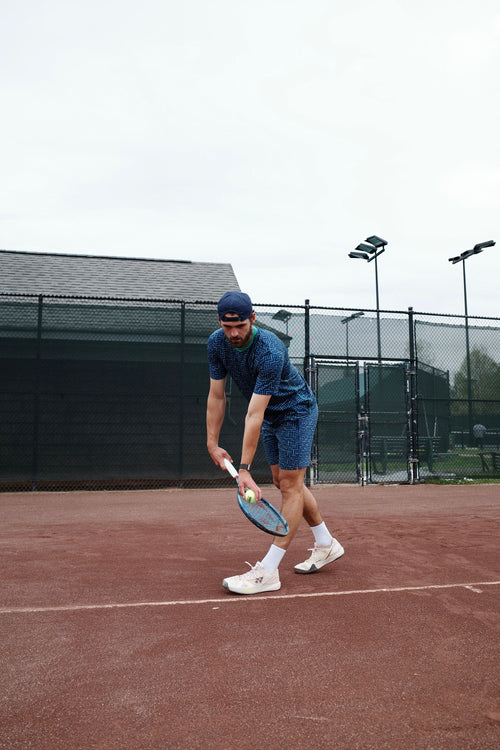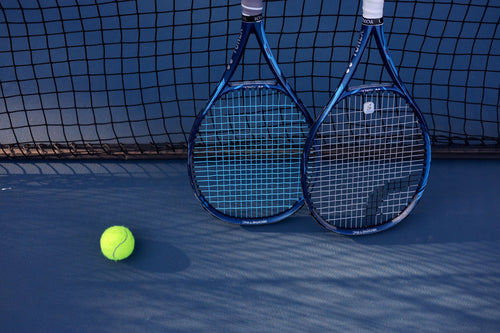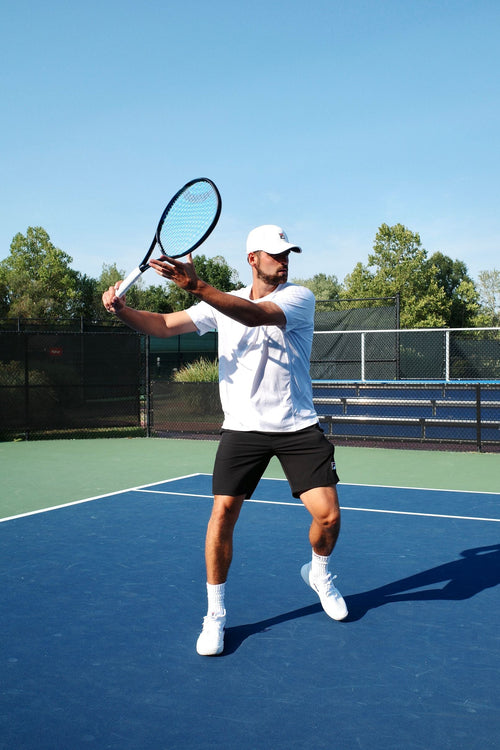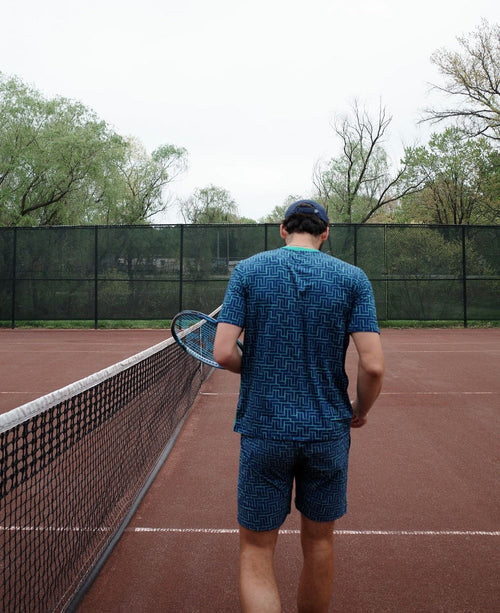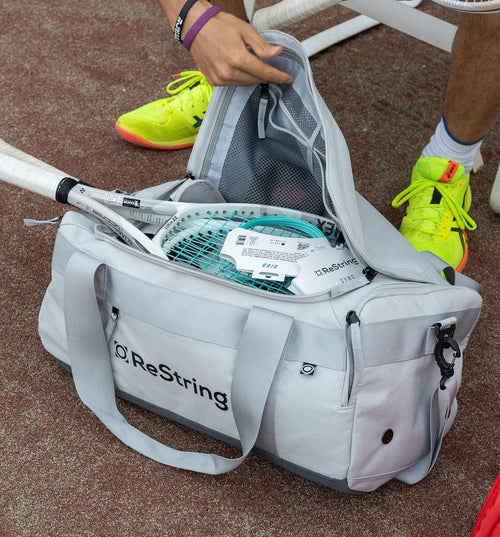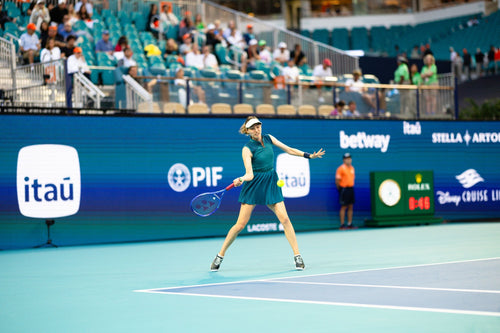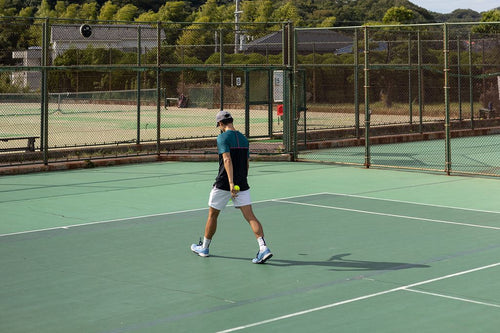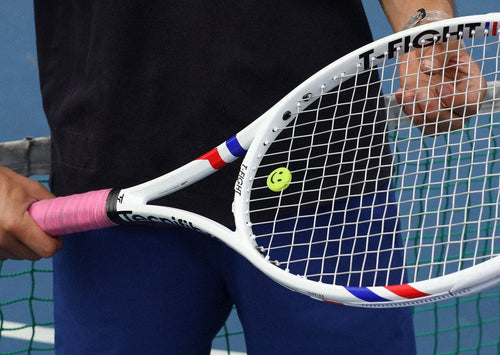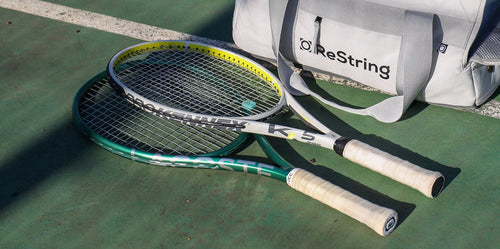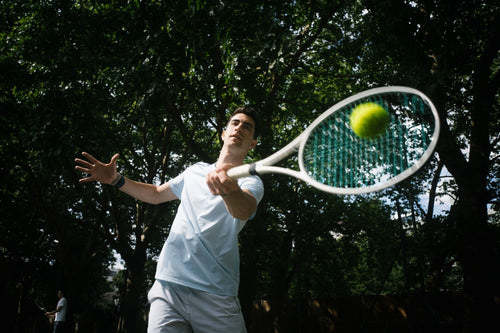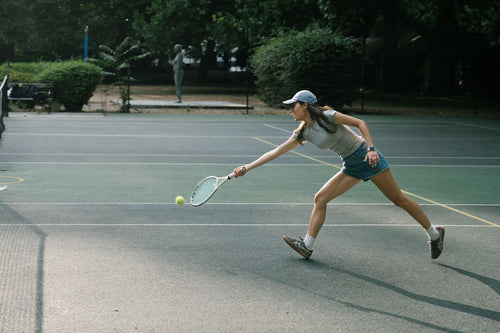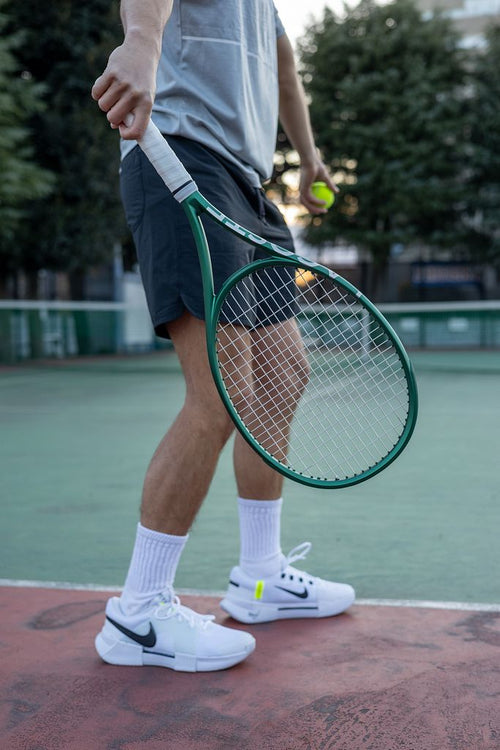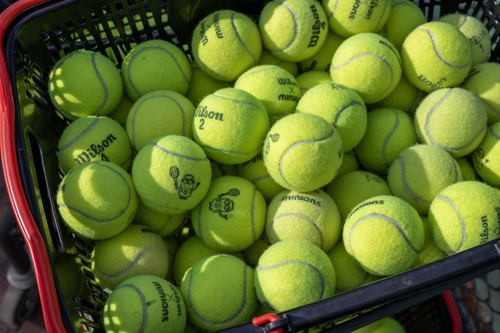Tennis Racket String Patterns: Open vs Dense
Juan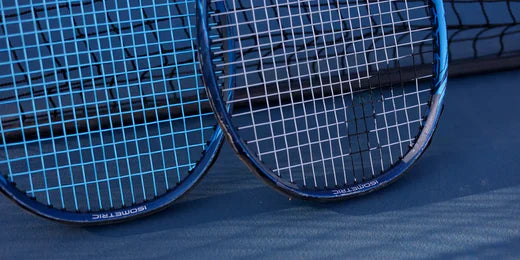
While most players obsess over frame weight or string tension, the arrangement of strings in your racket might be the hidden key to unlocking your best tennis.
In this guide, you'll discover how string patterns influence your game and learn exactly which pattern will help you achieve your perfect balance of spin, power, and control on court.
What Are String Patterns?
When you look at your tennis racket, you'll notice a web of strings running vertically and horizontally. These are your main strings (vertical) and cross strings (horizontal).
The arrangement of these strings creates what we call the string pattern. String patterns are expressed as a simple formula: the number of main strings × the number of cross strings.
The most common patterns you'll encounter are the 16×19 and 16×18, which are considered open patterns, and the 18×20, which is a dense pattern.
Here's something crucial to remember: each racket is built with a specific string pattern that can't be changed.
When you're shopping for a new racket, the string pattern is a fixed feature - just like the head size or length. Modern rackets typically display their string pattern on the frame, but if not, you can easily count the main and cross strings yourself.
Each pattern offers distinct playing characteristics that can enhance different aspects of your game. So let’s explore whether an open or dense string pattern is right for you.
String patterns are simply a numbers game - main strings × cross strings. However, this simple formula dramatically shapes how your racket performs on court.
Open String Patterns
Characteristics
Open string patterns, like 16×18 or 16×19, feature larger spaces between strings, creating a more dynamic hitting surface.
Think of it like a less-tightly woven trampoline. When the ball makes contact with the strings, they have more freedom to move and interact with the ball.
Benefits
The increased string movement in open patterns naturally enhances your power and spin potential.
When you strike the ball, the strings flex more and snap back with greater force. This helps you generate additional pace without swinging harder.
Open patterns are particularly effective for players who like to hit with heavy topspin and want to dictate points aggressively.
Drawbacks
The main trade-off with open patterns comes in predictability.
You might experience slightly different ball responses depending on where contact occurs on your string bed because there's more space between strings.
This variation, while subtle, can affect your consistency, especially during precise shot-making moments like serving or hitting passing shots.
Open patterns unleash more power and spin but sacrifice some predictability - perfect for aggressive players who want to dictate play.
Dense String Patterns
Characteristics
Dense string patterns, such as 18×20, create a more compact string bed with smaller spaces between strings.
This tighter arrangement forms a more uniform hitting surface, giving you a consistent response across the entire string bed.
Benefits
The primary advantage of dense patterns is enhanced control and accuracy.
You get precise feedback on every shot with more strings making contact with the ball, allowing you to place the ball exactly where you want it when executing delicate shots like drop shots and volleys.
Drawbacks
The trade-off for this control comes in the form of reduced power and spin potential.
You'll need to generate more of your own pace and spin through technique and racket head speed, because the strings have less room to move and snap back.
However, some players find that this limitation actually helps them develop better fundamentals and shot-making skills.
Dense patterns prioritize precision over power, giving you ultimate control but requiring more effort to generate pace and spin.
Pairing Strings With Your Pattern
Boosting Attributes
Your choice of string can amplify the natural characteristics of your racket.
When using an open pattern, pairing it with a spin-focused string like Zero maximizes the pattern's spin potential, creating an extremely spin-friendly setup.
Similarly, matching a dense pattern with a control-oriented string like Sync enhances precision and shot placement to give you ultimate command over your game.
Offsetting Attributes
Alternatively, you can use strings to balance your racket's characteristics.
An open pattern paired with a control-oriented string like Sync can provide a more balanced feel, combining spin potential with enhanced precision.
For dense patterns, using a power and spin-focused string like Zero can help offset the pattern's naturally controlled response. This can give you more variety in your game without sacrificing too much accuracy.
Your string choice can either amplify your pattern's natural traits or balance them out - there's no wrong answer, just different playing styles.
FAQs
What string pattern do pro tennis players use?
Professional tennis players predominantly use either 16x19 or 18x20 string patterns, with their choice typically reflecting their playing style. Aggressive baseliners like Rafael Nadal often opt for the spin-friendly 16x19 pattern, while players who hit consistent shots like Alexander Zverev tend to prefer the control-oriented 18x20 setup. The world's top players demonstrate that success is possible with either pattern, as long as it complements their natural game style.
Which is better, 16x19 or 18x20 string pattern?
Neither 16×19 nor 18×20 is objectively better. However, there is likely a better choice for you depending on your playing style. A 16x19 pattern offers enhanced spin and power for aggressive players who like to dictate points from the baseline. Meanwhile, an 18x20 pattern delivers better control and precision for players who rely on placement and consistency.
What is the best string pattern for tennis elbow?
Players with tennis elbow typically benefit most from an open string pattern like 16x19. The wider string spacing allows for more flex and movement on impact, creating a more arm-friendly response. When combined with appropriate string tension and string type, an open pattern can significantly reduce stress on your elbow during play.
Conclusion
Your choice of string pattern comes down to your playing style and priorities on court.
Open patterns (16x19) excel in spin and power for aggressive play, while dense patterns (18x20) deliver control and consistency for precise shot-making.
The next step is to select the string that makes up your string pattern. Try Zero for maximum power and spin, or Sync for unmatched control and feel.🎾

